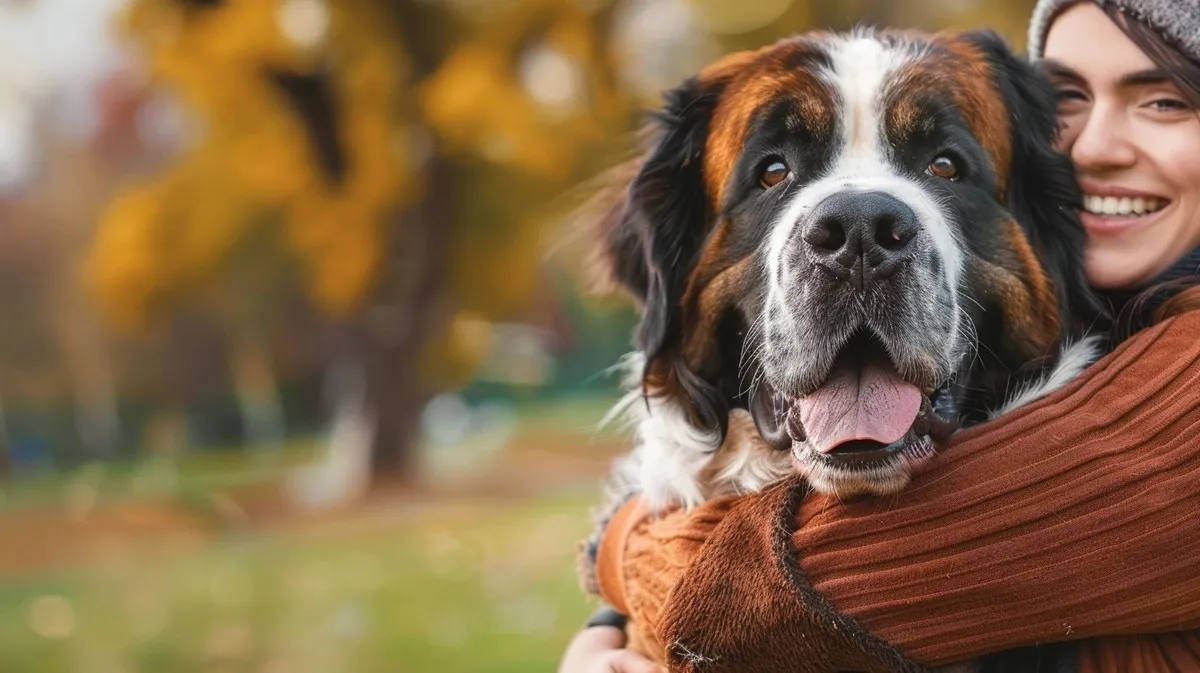Think of a dog so big your head barely reaches its back, a furry friend who greets you at the door with a wagging tail the size of a small tree branch! Those are the delightful realities of living with a giant dog breed. While their sheer size might be intimidating, these colossal canines are famous for their big hearts and gentle spirits.
Historically, giant dog breeds served as loyal guardians, fierce protectors, and tireless workers. Today, while some still retain those working instincts, they primarily fill our homes with unconditional love and maybe a bit of drool.
However, before opening your heart and home to a gentle giant, there’s much to consider. They require ample space, specialized diets, and an understanding of their specific needs. If you’re prepared for the commitment, the rewards are incredible. Let’s dive into the world of giant dog breeds and help you decide if one of these lovable companions is the right fit for you!
Unveiling the World of Giant Dog Breeds
Let’s explore the incredible diversity of giant dog breeds! From fluffy protectors to sleek guardians, each breed has its unique history and endearing personality.
Great Dane
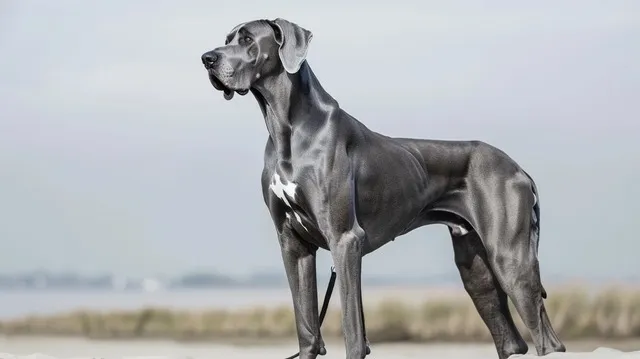
Think elegance, and the Great Dane comes to mind. These gentle giants are the tallest dog breed, known for their sleek physique and affectionate nature. While Great Danes might have been fierce hunters in the past, these days they’re more likely to become giant lap dogs!
Saint Bernard
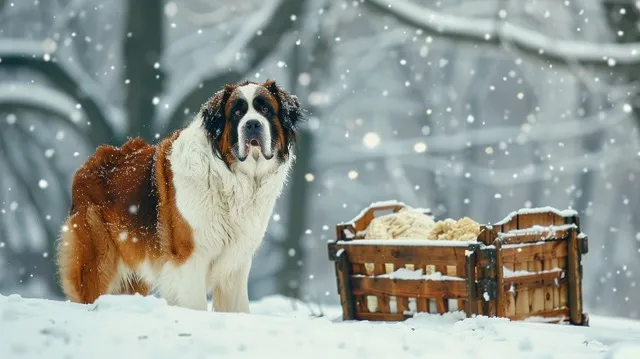
Famous for their mountain rescue missions, Saint Bernards are the epitome of gentle giants. Their large size, thick coat, and calm demeanor made them ideal for finding lost travelers in the snow. Today, they’re beloved as loyal family companions. Be prepared for some affectionate drool with these big softies!
Mastiff
Mastiffs are imposing guardians with hearts of gold. These massive dogs possess a strong sense of loyalty and protectiveness toward their families. Historically used for guarding and even warfare, modern Mastiffs are devoted companions, though early socialization is crucial.
Irish Wolfhound
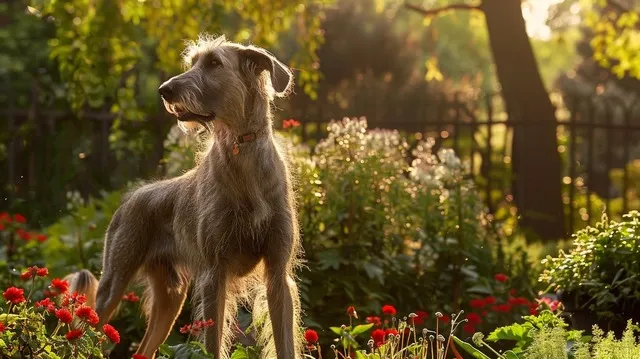
Originally bred to hunt wolves, the Irish Wolfhound is one of the tallest dog breeds with a long and storied history. Despite their powerful hunting instincts, these sighthounds are surprisingly gentle and calm indoors. If you’re looking for a giant dog with an air of nobility, this ancient breed might be the one.
Newfoundland
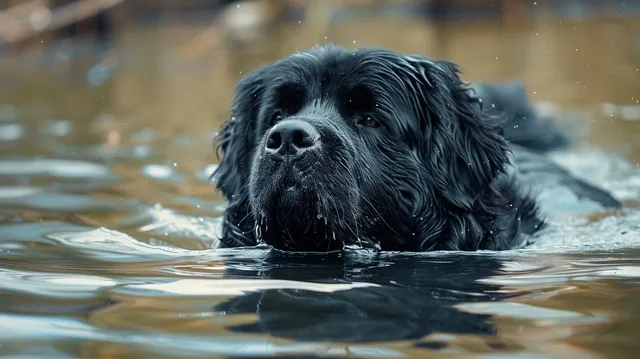
Newfoundlands are the ultimate water-loving giants! Their webbed feet, thick coat, and gentle temperament made them valuable for water rescues. Even today, their sweet nature and affinity for water make them amazing family dogs. Get ready for big, wet doggy hugs after a swim!
Life with a Gentle Giant: A Comprehensive Guide
Caring for Your Colossal Canine
Giant dogs have big hearts and big needs to match! Let’s delve into the daily care and upkeep required to keep your gentle giant happy and healthy.
Feeding a Hungry Giant
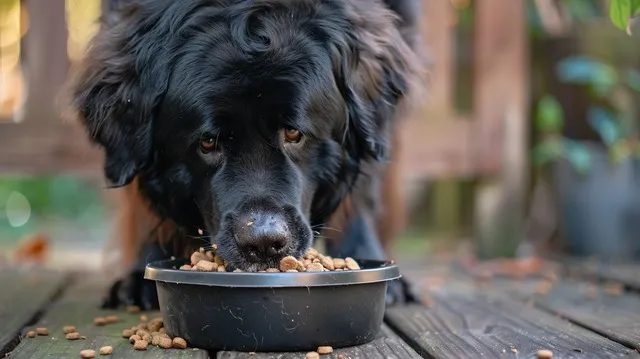
Giant appetites come with the territory! Feeding your giant dog a high-quality diet formulated for large breeds is essential. Their food should support their joints, muscles, and overall well-being. Portion control is crucial, and raised feeding bowls can aid in digestion. Consult your veterinarian to determine the right amount and type of food for your gentle giant.
Exercise: Keeping Your Giant Active

Giant dogs need daily exercise, but overdoing it can be harmful, especially for growing puppies. Moderate walks, games of fetch in a fenced-in yard, and even swimming (for water-loving breeds) are great options. Avoid high-impact activities that put too much strain on their joints.
Grooming: Taming the Fur
Grooming needs vary depending on your giant dog’s coat type. Short-haired breeds may only need occasional baths and brushing. Breeds with thick, double coats require more frequent brushing to prevent matting and shedding.
Mental Stimulation: A Giant Brain Needs Exercise
Don’t underestimate the mental needs of your giant dog! Puzzle toys, scent work games, and training sessions keep their minds sharp and prevent boredom. A bored giant dog can be a destructive giant dog!
Training Your Gentle Giant
Training is essential for dogs of any size, but especially important for giants! Positive reinforcement techniques work wonders. Early socialization and basic obedience training will prevent leash pulling and other unwanted behaviors that can become difficult to manage as they grow. Consider puppy classes or professional training to set your giant companion up for success.
Cost Considerations: The Financial Side of Giant Dog Ownership
While the love and companionship of a giant dog are priceless, it’s essential to be realistic about the costs associated with their care. Let’s break down the potential expenses so you can make informed decisions.
Food: Fueling Your Giant
Giant-sized appetites mean higher food costs. Expect to spend significantly more on high-quality food formulated for large breeds compared to smaller dogs. Your dog’s size, activity level, and your choice of food brand will impact the total monthly cost.
Veterinary Care: Keeping Your Giant Healthy
Preventative care like vaccinations, parasite prevention, and regular check-ups is essential for any dog but may cost more for giant breeds. Due to their size and predispositions to certain health conditions, the potential cost of treating illnesses or injuries can be higher. Pet insurance is highly recommended!
Supplies and Accessories: The Necessities
Giant dogs mean giant-sized necessities! Everything from beds, crates, collars, leashes, and toys need to be sized accordingly, often with a higher price tag. You might also need modifications to your home, like ramps or larger doorways for breeds with limited mobility as they age.
Miscellaneous Costs: Don’t Forget the Extras
- Dog walking/pet sitting: If your schedule can’t accommodate your giant dog’s needs, consider those costs.
- Training: Professional training classes or one-on-one sessions are beneficial investments, especially for large breeds.
- Grooming: Professional grooming can be expensive for long-haired breeds.
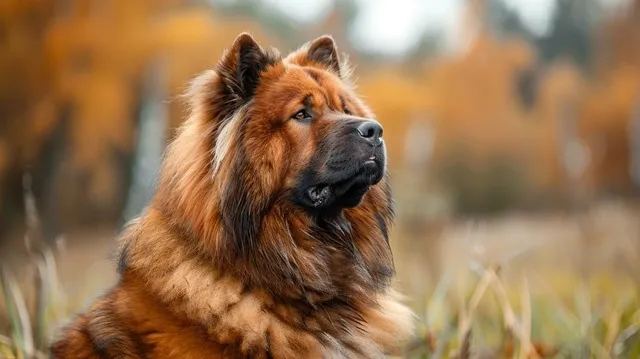
Financial Planning for a Giant Future
It’s wise to calculate both the upfront and ongoing costs before welcoming a giant dog into your life. Create a budget, consider pet insurance options, and be prepared for unexpected expenses. If the costs seem overwhelming, consider fostering giant dogs through a rescue organization to have your gentle giant fix without the lifetime financial commitment
Finding Your Perfect Gentle Giant
Adopting vs. Buying: The Ethical Choice
There are two main ways to welcome a giant dog into your life – adopting from a rescue or shelter or purchasing from a reputable breeder.
- Adoption: Give a loving home to a giant dog in need! Shelters and breed-specific rescues often have adult giant dogs or mixed breeds waiting for their second chance. Adoption fees are generally lower than breeder costs.
- Reputable Breeder: If you have your heart set on a specific breed’s puppy, finding a responsible breeder is crucial. Thoroughly research breeders, ask about health testing of parents, and visit the facilities if possible.
Getting Ready to Bring Your Giant Home
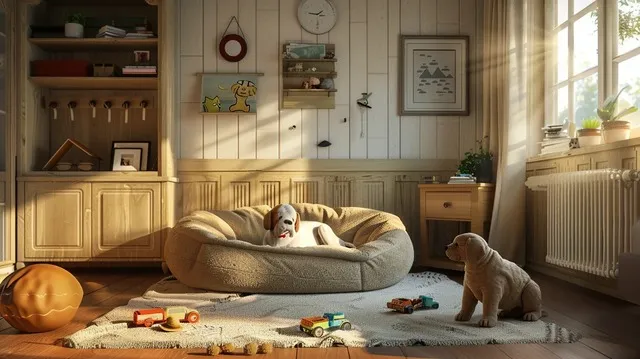
Before your gentle giant arrives, it’s time to prepare!
- Giant-Proof Your Home: Secure potential hazards, move breakable items, and create a designated space for your new companion.
- Stock Up on Supplies: Giant dog bed, food and water bowls, size-appropriate leash and collar, grooming tools, and plenty of toys.
- Find a Veterinarian: If you don’t have one already, seek a veterinarian familiar with giant dog breeds and their specific health needs.
- Prepare the Family: Involve children in learning about giant dog care and set rules for interaction to ensure a smooth transition
The Big Meet and Greet
Whether adopting or meeting a puppy at a breeder, plan for a calm and controlled first introduction.
- Adult Dog Adoption: Ask shelter staff about the dog’s history and temperament to ensure a good fit. Arrange a quiet meeting space and introductions on leash.
- Puppy from a Breeder: Observe the puppy’s interactions with its littermates and parents, and inquire about early socialization practices.
Remember, choosing a dog is a two-way street! The right gentle giant will be a perfect match for your family and lifestyle.
Conclusion
Giant dogs bring giant-sized love and endless joy into our lives. While they come with unique considerations, the rewards of companionship with one of these gentle giants are immeasurable. Their loyalty, affectionate nature, and often goofy personalities create bonds that last a lifetime.
Remember, owning a giant dog is a significant commitment. It requires dedication, financial investment, and a willingness to adapt your home and lifestyle. If you’re ready to embrace the challenges and reap the incredible rewards, opening your heart to a gentle giant could be one of the best decisions you ever make.
FAQs About Giant Dog
Do giant dogs live shorter lives than smaller dogs?
Unfortunately, giant dog breeds generally have shorter lifespans compared to smaller dogs. The average lifespan for many giant breeds falls within the 6-10 year range. However, with excellent care, some giant dogs can surpass their typical expectancy.
Are giant dogs good with children?
Many giant dog breeds are known for being incredibly gentle and patient with children. However, due to their sheer size, it’s crucial to always supervise interactions between young children and any dog. Early socialization and basic training are essential.
Can giant dogs live in apartments?
While not ideal, some giant dogs can adapt to apartment living if given sufficient exercise and mental stimulation. Lower-energy breeds may be more suitable, and a ground-floor apartment would be a major bonus.
Are giant dogs expensive to train?
Giant breed dog training costs can be comparable to training costs for smaller dogs. However, professional training is highly recommended for large breeds, due to the importance of obedience and handling.
Do giant dogs bark a lot?
Barking tendencies vary greatly depending on the breed. Some guardian breeds, such as Mastiffs, may be more prone to barking, while others, like Great Danes, are generally less vocal. Individual personality and training also play a significant role.

I could talk about dog breeds all day! My goal is to help you find the four-legged friend who fits your life like a perfectly worn-in tennis ball fits in a dog’s mouth.

